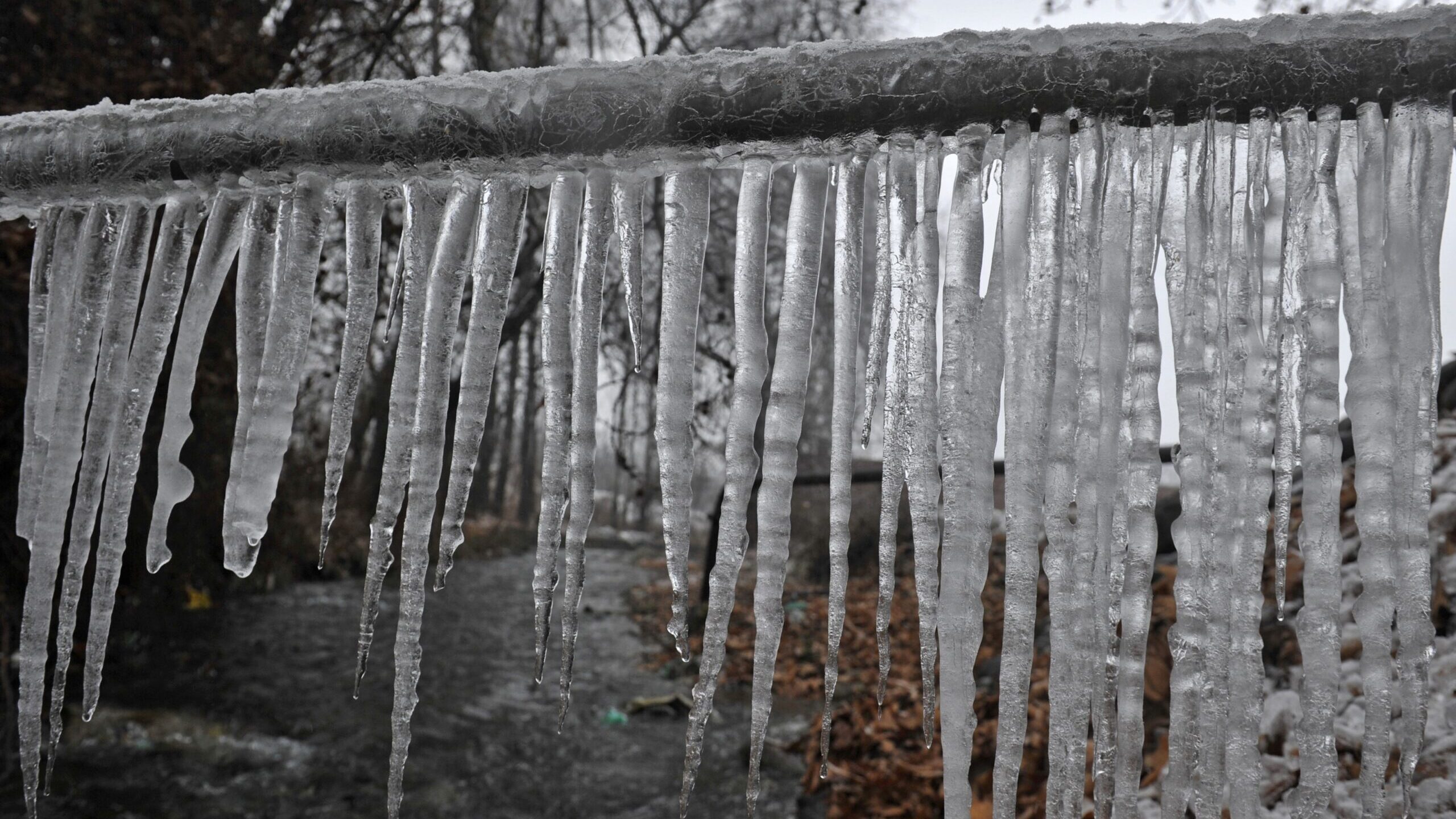Just how do you really feel when it comes to Preventing and dealing with frozen pipes?

Winter can ruin your pipes, specifically by freezing pipelines. Right here's exactly how to avoid it from happening and what to do if it does.
Introduction
As temperature levels drop, the risk of icy pipes rises, potentially bring about costly fixings and water damages. Comprehending how to avoid frozen pipes is crucial for home owners in cold climates.
Understanding Icy Pipelines
What causes pipelines to freeze?
Pipes ice up when subjected to temperatures below 32 ° F (0 ° C) for extended periods. As water inside the pipelines freezes, it broadens, taxing the pipeline wall surfaces and possibly creating them to break.
Dangers and problems
Frozen pipes can lead to water disturbances, building damage, and pricey fixings. Ruptured pipelines can flood homes and cause comprehensive structural damages.
Indicators of Frozen Pipeline
Identifying frozen pipelines early can prevent them from bursting.
Exactly how to identify frozen pipelines
Look for decreased water circulation from faucets, uncommon odors or noises from pipelines, and noticeable frost on subjected pipelines.
Prevention Tips
Shielding at risk pipelines
Cover pipelines in insulation sleeves or utilize warmth tape to secure them from freezing temperatures. Concentrate on pipes in unheated or outside locations of the home.
Heating methods
Maintain indoor areas sufficiently heated up, especially locations with pipes. Open up cabinet doors to permit cozy air to flow around pipes under sinks.
Safeguarding Outside Plumbing
Garden hoses and outside faucets
Detach and drain pipes yard pipes before winter. Set up frost-proof faucets or cover outdoor taps with insulated caps.
What to Do If Your Pipes Freeze
Immediate actions to take
If you believe frozen pipelines, keep faucets available to relieve pressure as the ice thaws. Make use of a hairdryer or towels taken in warm water to thaw pipelines gradually.
Long-Term Solutions
Architectural changes
Think about rerouting pipelines away from exterior wall surfaces or unheated locations. Add added insulation to attics, basements, and crawl spaces.
Updating insulation
Invest in top quality insulation for pipes, attic rooms, and walls. Appropriate insulation helps maintain consistent temperatures and minimizes the threat of icy pipelines.
Conclusion
Preventing icy pipes requires positive actions and fast reactions. By comprehending the reasons, signs, and safety nets, homeowners can secure their pipes throughout cold weather.
5 Ways to Prevent Frozen Pipes
Drain Outdoor Faucets and Disconnect Hoses
First, close the shut-off valve that controls the flow of water in the pipe to your outdoor faucet. Then, head outside to disconnect and drain your hose and open the outdoor faucet to allow the water to completely drain out of the line. Turn off the faucet when done. Finally, head back to the shut-off valve and drain the remaining water inside the pipe into a bucket or container. Additionally, if you have a home irrigation system, you should consider hiring an expert to clear the system of water each year.
Insulate Pipes
One of the best and most cost-effective methods for preventing frozen water pipes is to wrap your pipes with insulation. This is especially important for areas in your home that aren’t exposed to heat, such as an attic. We suggest using foam sleeves, which can typically be found at your local hardware store.
Keep Heat Running at 65
Your pipes are located inside your walls, and the temperature there is much colder than the rest of the house. To prevent your pipes from freezing, The Insurance Information Institute suggests that you keep your home heated to at least 65 degrees, even when traveling. You may want to invest in smart devices that can keep an eye on the temperature in your home while you’re away.
Leave Water Dripping
Moving water — even a small trickle — can prevent ice from forming inside your pipes. When freezing temps are imminent, start a drip of water from all faucets that serve exposed pipes. Leaving a few faucets running will also help relieve pressure inside the pipes and help prevent a rupture if the water inside freezes.
Open Cupboard Doors
Warm your kitchen and bathroom pipes by opening cupboards and vanities. You should also leave your interior doors ajar to help warm air circulate evenly throughout your home.

As a reader on 6 Ways to Prevent Frozen Pipes, I assumed sharing that excerpt was essential. So long as you appreciated our blog post please remember to pass it around. Thanks for going through it.
Call Today
Comments on “Avoiding Frozen Plumbing: Effective Tips for Cold Weather”